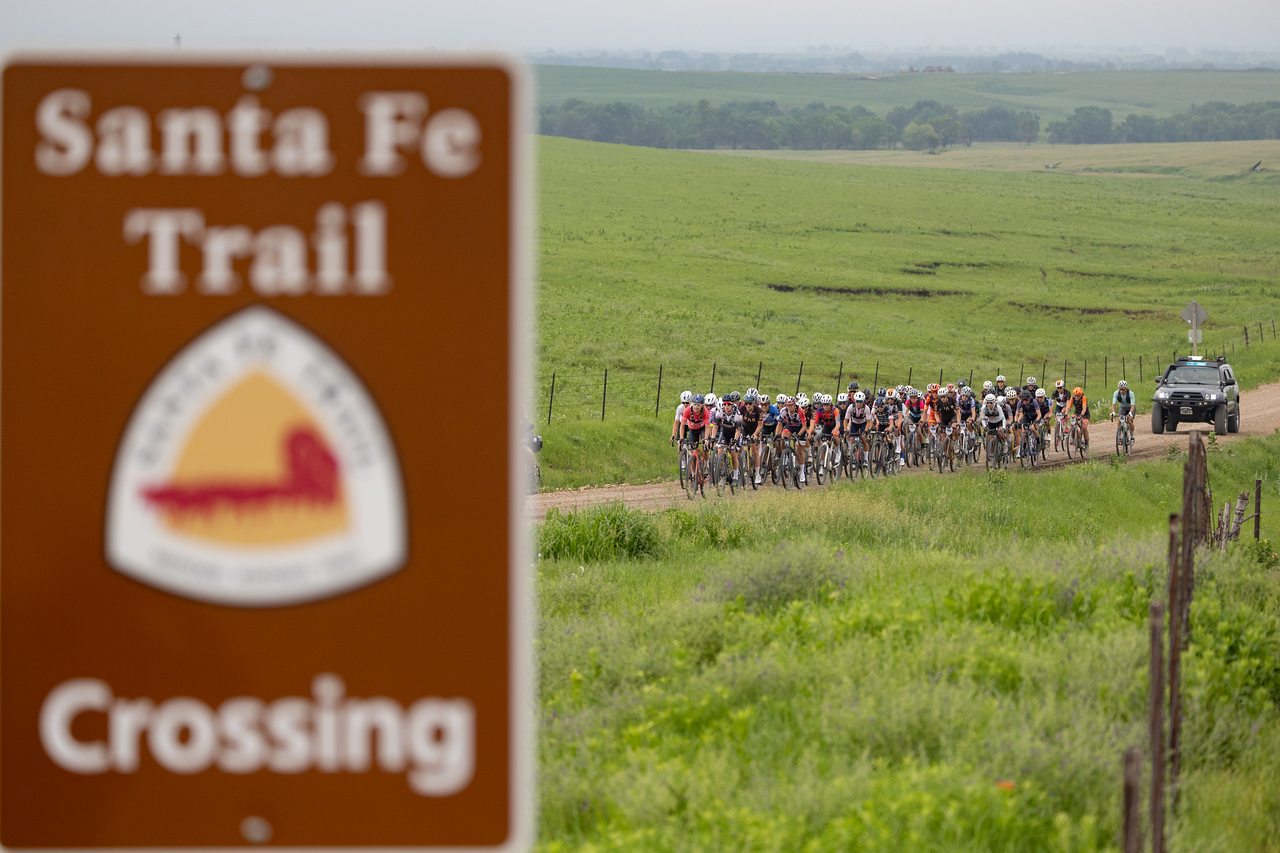;)
Top 100 Teacher Kellie Stenzel shares five keys for scoring from the rough.
Getty Images
As summer approaches, many golfers from warm southern states escape to cooler northern destinations to beat the heat and enjoy some amazing golf courses. While southern course layouts usually have shorter grass and water hazards, their northern counterparts defend a little differently, relying on a lush second cut that can be tricky to navigate — especially in the spring, when it’s extra thick.
To help you play these shots successfully, here are five keys that will help you score from the rough.
1. Assess the lie
Not all lies in the rough are equal. Sometimes, the ball sits up on top of the grass, in which case you can play it like a standard shot. But the real challenge begins when the ball sinks below the grass topline.
Take a moment to assess how much of the ball is visible. Can you see 75 percent? 50 percent? Maybe only 10 percent? The less ball you can see, the more you’ll need to adjust your setup and potentially your club selection.
2. Don’t get greedy
One of the biggest mistakes you can make when dealing with the rough is trying to do too much. Attempting an overly ambitious shot from a bad lie often results in poor contact and even a clubface that twists, shooting the ball out low and offline.
It’s better to be conservative with your club selection and intended target. Take your medicine, advance the ball, and set yourself up for a better next shot.
3. Lean for the proper angle of attack
To ensure solid contact from a thick second cut, you need to set up for a steeper angle of attack.
Start by leaning your upper body and sternum toward the target. Let your club shaft match the same degree of forward tilt. This adjustment naturally lowers your lead shoulder and positions your head just ahead of the ball, creating a steeper shoulder angle. That steeper tilt helps the club drive down through the grass, increasing your chances of making clean, solid contact.
Next, position the ball center-to-back in your stance. The more severe the lie, the farther back it should be. At address, your weight should favor your front foot. Try to maintain this as you swing, as it will promote a downward strike and ensure you make ball-first contact.
Expect your club to dig into the turf, as it may be necessary to get the ball out. It may feel like your finish is abbreviated or that you get stuck just after impact. That’s okay and in some situations, it’s to be expected.
4. Loft is your friend
While forward lean encourages a steeper angle of attack, it also de-lofts your club. That causes the ball to come out low, and if you’re using a low-lofted club, it can even make it hard to get the ball airborne.
To combat this, be sure you select a club with plenty of loft, especially when the rough is hefty or your ball is deep in the grass.
When in doubt, using a 9-iron or a wedge is a safe option that will ensure that the ball pops out and you advance it.
In places like the Northeastern U.S., fescue rough is common and especially punishing. Here, a wedge is usually your best option. Trying to muscle a long iron will only end poorly.
5. Bring speed and attitude
Once you have the right club and a good setup, commit to the shot with speed and purpose. A slow or tentative swing won’t generate enough force to cut through the grass or prevent the clubface from twisting.
Be aggressive and confident. Think: down and through.
That speed and attitude are essential for success from the rough, and with a little practice, you’ll build the confidence and technique to handle even the thickest rough.
For more game-improvement instruction and quick tips to boost your on-course performance, check out my Instagram.















